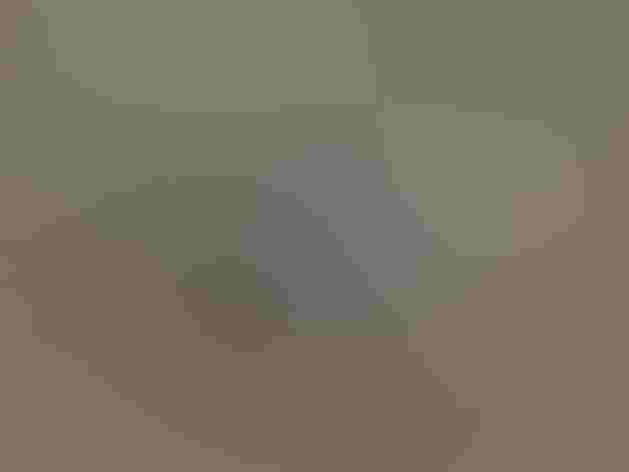Sooty Tern
At a Glance
While most terns inhabit marshes and shores, the Sooty Tern has the life of a true seabird. A long-winged flier, it wanders tropical oceans, nesting on remote islands. Many nest in Hawaii, but North American birders often seek the species by visiting the islands of the Dry Tortugas, west of the Florida Keys. Noisy around its nesting colonies by day and night; a sailors' name for the bird is 'wide-awake.'
All bird guide text and rangemaps adapted from Lives of North American Birds by Kenn Kaufman© 1996, used by permission of Houghton Mifflin Harcourt Publishing Company. All rights reserved.
Category
Gull-like Birds, Gulls and Terns
IUCN Status
Least Concern
Habitat
Coasts and Shorelines, Open Ocean, Saltwater Wetlands
Region
Florida, Mid Atlantic, New England, Southeast, Texas
Behavior
Direct Flight, Flap/Glide, Soaring
Population
47.000.000
Range & Identification
Migration & Range Maps
Young birds from Tortugas may move south through Caribbean and then east, to equatorial waters off West Africa, not returning for several years. Adults probably do not go as far, mostly dispersing in Gulf of Mexico and elsewhere in general region.
Description
16" (41 cm). Large, strongly patterned. Blackish above and bright white below, with white forehead. Immature mostly dark sooty brown, with white spots on back.
Size
About the size of a Crow, About the size of a Mallard or Herring Gull
Color
Black, Brown, White
Wing Shape
Broad, Pointed, Tapered
Tail Shape
Forked, Long, Notched
Songs and Calls
Harsh squeaky notes and croaks.
Call Pattern
Falling, Flat, Rising
Call Type
Raucous
Habitat
Warm tropical seas. Generally far out at sea, wandering widely but often following warm-water currents. Avoids shallow waters and areas near mainland coast. Nests mostly on small islands, on open sandy beaches with sparse vegetation.
Sign up for Audubon's newsletter to learn more about birds like the Sooty Tern
Behavior
Eggs
One. Whitish, variably marked with brown, lavender, gray, sometimes black. Incubation is by both sexes, 28-30 days. On hot days, parents stand and shade the eggs.
Young
Both parents feed young, regurgitating small fish. Young wanders in vicinity of nest, may return to it to be fed. Capable of flight at about 8-9 weeks, may stay around colony another 2-3 weeks.
Feeding Behavior
Forages by dipping down in flight to take fish from surface of water (or may take flying fish from above surface). Rarely or never plunges into water for prey below surface. Feeds mainly where small fish have been driven to surface by schools of large predatory fish, congregating quickly where such temporary concentrations of food exist.
Diet
Mostly fish, some squid. Feeds mainly on small fish that live in dense schools far out at sea. Also some small squid.
Nesting
May not breed until age of 6 years or older. At Dry Tortugas, arrives in numbers two months before first eggs laid. At first, flocks visit site at night, circling over islands and calling, departing at dawn. Courtship involves high flight and gliding descent; on ground, birds strut and bow. Nest site is on ground, usually in open, sometimes under edge of shrubs. Nest (probably built by both sexes) is shallow scrape in soil, sometimes lined with a few leaves.
Conservation
Conservation Status
Abundant and widespread in tropical oceans around the world. Colonies on Tortugas and some in Hawaii are strictly protected.









